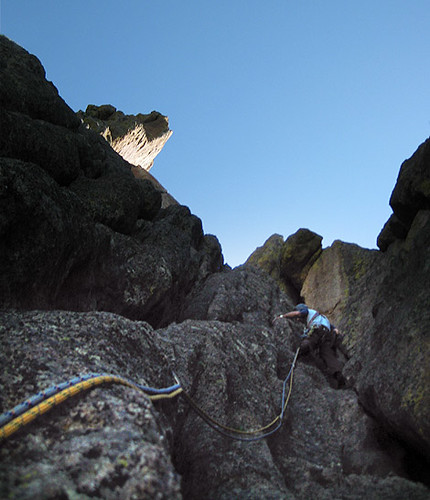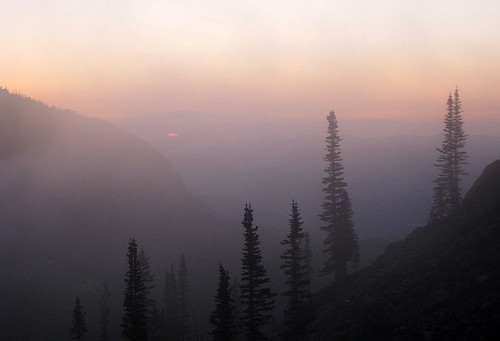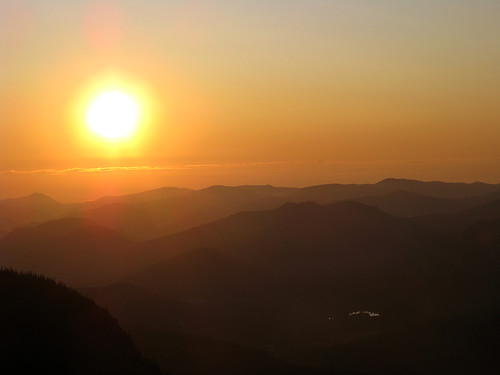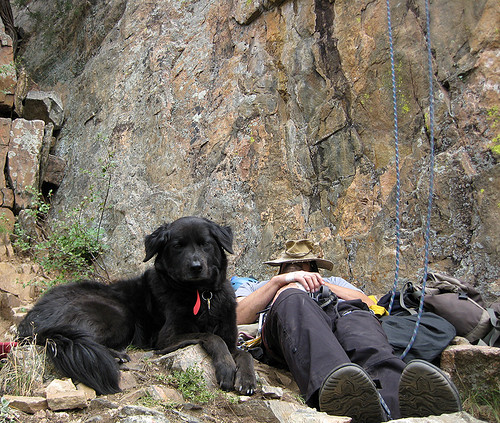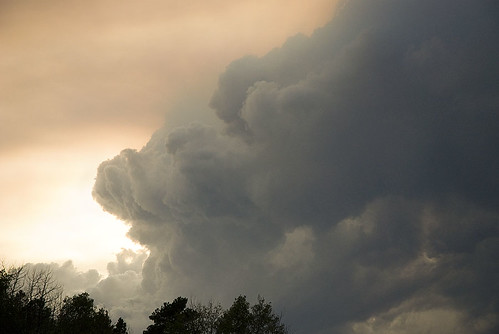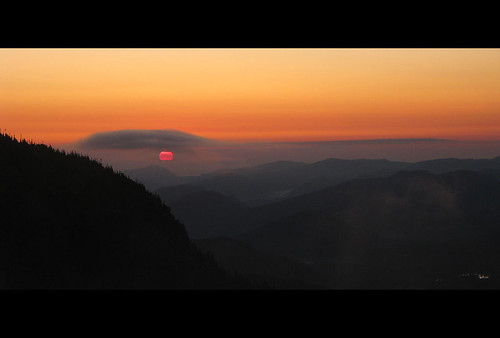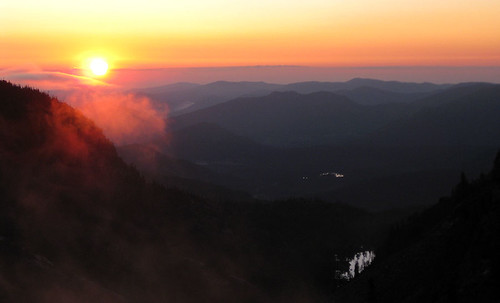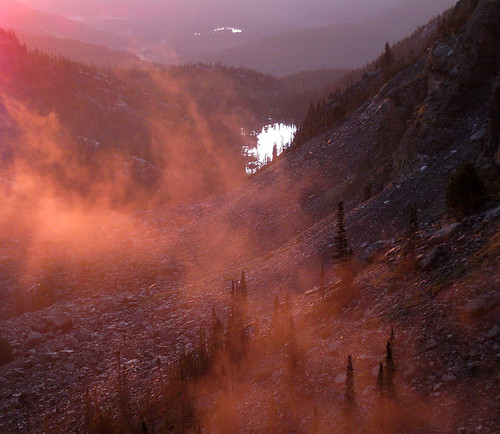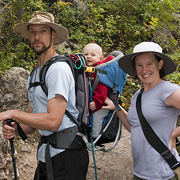Tour de Twin Owls
Here’s a suggestion for a nice little adventure for a fun day on Lumpy Ridge.
The Twin Owls are one of the most prominent rocks on Lumpy Ridge. They perch above The Stanley Hotel and Estes Park covered in beautiful, ominous overhanging offwidths cracks. The owls are the closest large formation to the Lumpy Ridge parking area (even the new one).
Unfortunately, they are popular with the Peregrines and usually closed to climbing between March and August. This leaves only a few short weeks of fall to enjoy climbing on the hulking and lovely formation.
Start early in the morning on the Lower Owls. The Organ Pipes (5.6) climbs the left side of this flatiron-like rock that rests below the main Owls. This is one of the most popular routes at Lumpy and on the Twin Owls, so an early start will get you ahead of the pack. Or, if the stars align and you’re lucky like us, you’ll spend a beautiful Saturday in August with the whole formation to yourself.
Seriously, where was everybody last weekend?
Climbing the pipes is quite an experience. This ancient slab of granite has been eroded into long, deep grooves from water trickling down over the centuries. The tubes and grooves seem to develop and dissipate, merge and deviate, randomly form and unform all of the way up the 200ft of rock.
You can climb the Pipes in two or three pitches. I think a 60m rope would have no problem reaching the ledge below the final headwall. We climbed it in three pitches so Mark could get his big gear back.
Yep, big gear. These long, deep, wide grooves require some creative protection, or just bring along your big cams. We had two #3 and a #3.5 Camalots with us, but Mark was missing our 4, 4.5 and 6 that we left at home. Next trip, Bring More Big GEAR! Since the approach is so (relatively) short, there’s really no reason not to carry up the big boys.
The final headwall of the Pipes offers three options. To maintain the 5.6 rating, there are a pair of short knobbly cracks on the right. A beautiful 5.8 splitter runs down the middle of the headwall, and a 5.9 overhanging crack graces the left corner.
We chose the 5.8 splitter and it was the crown jewel of the day. The bottom of the crack is wide, perfect handstack and knee-jam size. About midway up the wall, the crack rapidly decreases to tight hands. Moving from that snuggly offwidth to a narrow handcrack on steep rock is definitely a strong move.
You top out the Organ Pipes at the base of the Twin Owls, and it is a fantastic spot. Cracks in perfect pink granite sweep above your head for hundreds of feet, the sun is warm and welcoming, and Estes Valley spreads out below you.
At this point, you are standing on a wide ledge system that surrounds the Twin Owls proper called the Roosting Ramp. Clean up your gear, coil your ropes, slap on your approach shoes and traverse left (west) all the way around to the north side of the West Owl.
There are a few places where the ledge gets narrow, and one, in particular, that looks impassible. It is some kind of weird optical illusion, though. Stand in front of that cliff and it goes from shear wall to wide sloping ledge, I assure you.
To finish off the day, you have several fun moderate options on the west side of the west Owl. We climbed The Pin Route (5.5), which was fun, but I don’t think it ever reached even the 5.5 grade. It was so easy, it usually didn’t even feel like 5th class climbing.
The ramps and cracks that traverse the west face of the Owls are all nicely exposed and pretty wide. Next time, bring more big gear.
While the Pin Route is considered classic, and we were lucky to have it all to ourselves, I would recommend the Sky Route (5.3) variation. Continue along the crystal band past the fixed pin at the base of the wide crack all the way to the southwest corner of the Owl. From there, easy but wonderfully exposed flakes and cracks move up the ridge to the summit.
It was definitely fun to finally stand on top of the Twin Owls. It was not fun to be up there swarmed by flying ants. Maybe that’s why nobody else was climbing on Saturday.
The decent of the Owls has always sounded intimidating to me. Usually guides simply say “Down-climb the Bowls of the Owls route (5.0), a chimney that separates the two Owls.” I’ve been on enough “3rd class scramble” Lumpy Ridge descents to think that a fifth class climb is going to be serious, scary, and probably the hardest part of the day.
But, it wasn’t too hard to find. And the chimney itself was much narrower (and darker) and shorter than I expected. We threw a bit of webbing around a chockstone at the top of the chimney, and rapped down into the narrow channel.
It was a bit like sliding out of a birth canal, I think. Only the granite rock was probably rougher. I lost some skin on my back as I lowered down through the darkness.
After getting that good (and a little painful) look at the chimney, I can now say that downclimbing it would be no problem. Probably only 4th class, really. It was only about 25ft tall, and narrow enough to make a scrambling decent an easy prospect.
So, there ya go. Somewhere between four and seven pitches (depending on how you break it up) of fun climbing on Lumpy Ridge. Faster parties could do this easily in half a day, new climbers would enjoy the adventure and fun of climbing these two interesting routes.
And, at the end of the day, you have climbed the Twin Owls from bottom to top! Always a proud accomplishment.


